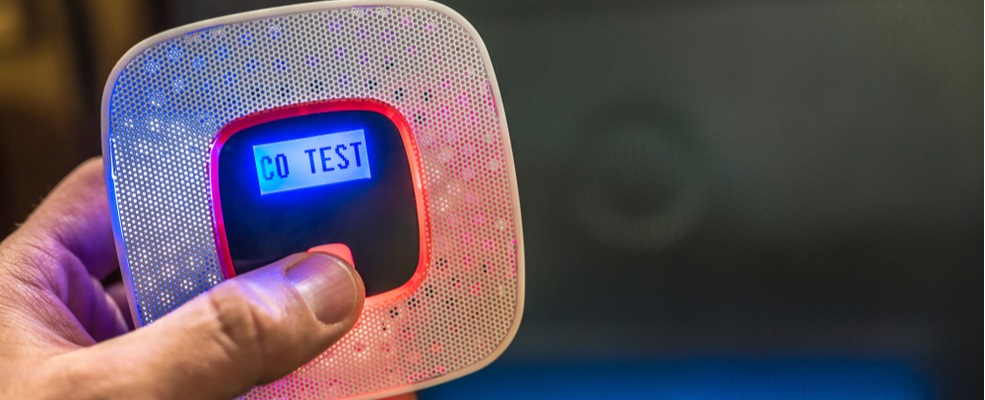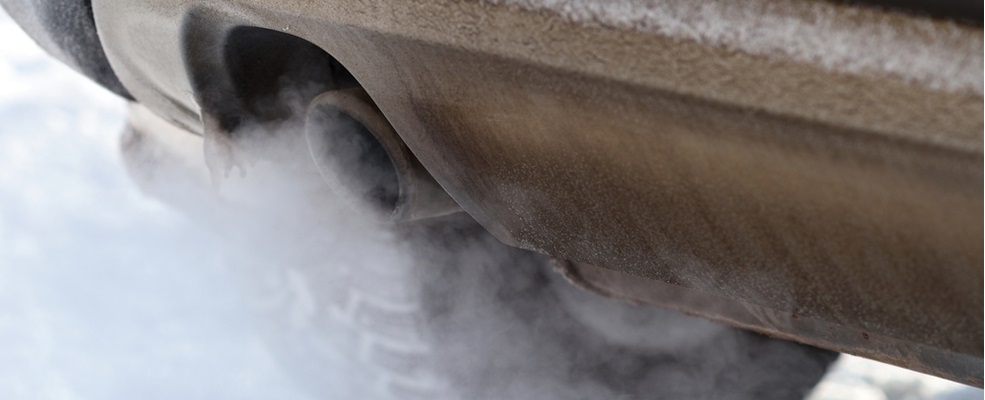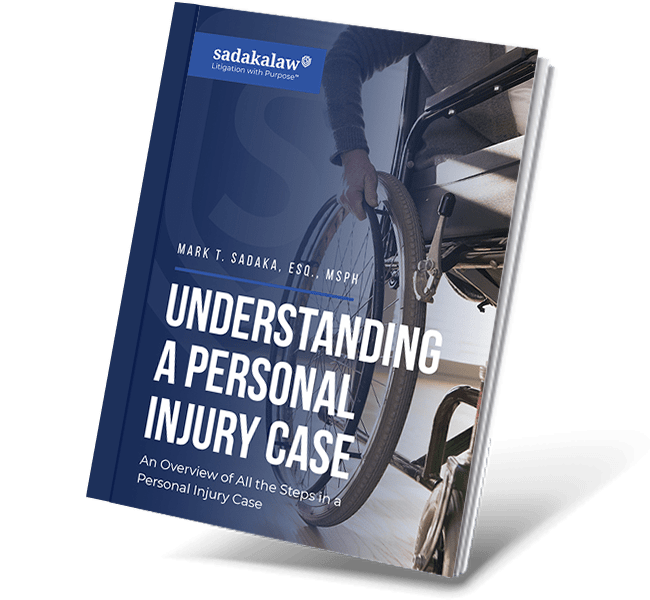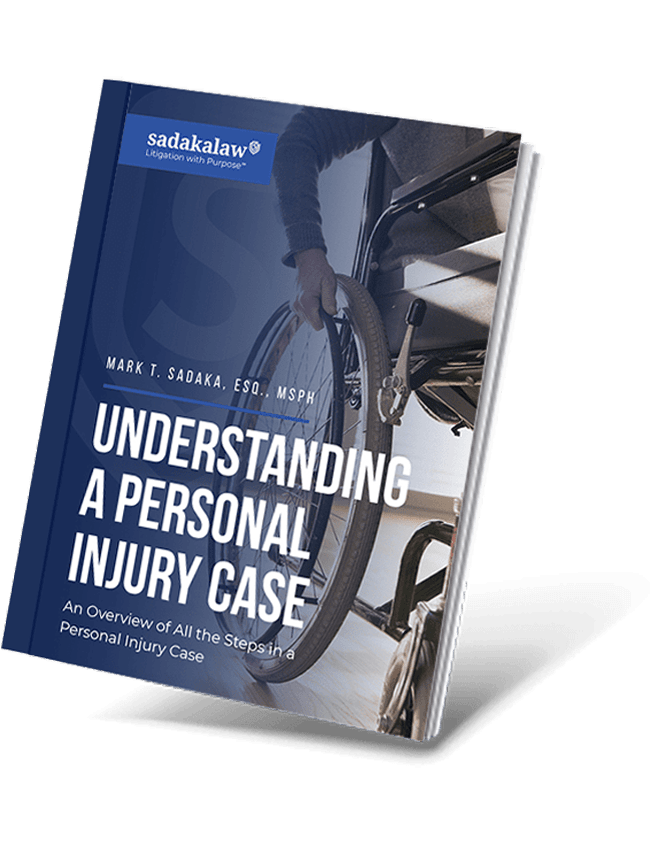
This is a preventable ailment, yet it can result in lost wages, medical bills, physical impairment, and loss of life.
Have you suffered carbon monoxide poisoning? If so, you may experience severe long-term effects. The Law Offices of Sadaka Associates in New York and New Jersey handle lawsuits on behalf of clients who suffer injuries as a result of carbon monoxide poisoning. Our carbon monoxide poisoning lawyers will ensure that outside parties, such as landlords, product manufacturers, or employers, bear responsibility for the actions that have caused you suffering and inconvenience.
What Is Carbon Monoxide Poisoning?
Carbon monoxide is a colorless, odorless, and flavorless gas that has the potential to kill humans in a matter of minutes. It occurs when people breathe in or come in contact with the fumes, especially in an enclosed space. Carbon monoxide poisoning is most common in homes and workplaces.
It is produced via combustion and emitted from engines or fuel systems that burn fossil fuels. When there is not enough oxygen in the chamber for fossil fuels to combust, the reaction produces carbon monoxide.
The amount of carbon monoxide produced from these reactions is relatively small. A properly working chamber can filter and dispose of the deadly gas without risking harm to any individuals nearby. The problem occurs when these systems fail to get rid of the carbon monoxide, and it accumulates.
Carbon monoxide will then leak into the rest of the structure. If enough carbon monoxide accumulates for an extended time, those present experience adverse effects and, in severe cases, may not survive. Typical symptoms most closely resemble the flu with frequent complaints of headaches, for example.
Who Is at Risk for Carbon Monoxide Poisoning?
Anyone can be at risk for carbon monoxide poisoning under the right circumstances—the substance doesn’t discriminate on age or other factors. Any home or place of business that burns fuel is at risk of producing harmful amounts of carbon monoxide. Furnaces, fireplaces, water heaters, wood stoves, or vehicles, among others, can all emit this gas.
Most buildings do an adequate job of ridding the atmosphere of excess carbon monoxide. Facilities with poor circulation or ventilation are at a higher risk, however. These buildings can’t push the carbon monoxide outside, which forces it to accumulate indoors until it finds a release point.
Symptoms of Carbon Monoxide Poisoning
You may call the Law Offices of Sadaka Associates at 1-800-810-3457 or complete our contact form for a risk-free consultation. Allow one of our New Jersey wrongful death lawyers to review your case and help your family seek closure.
Carbon monoxide poisoning is similar to the flu, but, in most cases, the flu isn’t as severe as carbon monoxide. Many symptoms are more a result of a lack of oxygen than of the carbon monoxide inhalation, resulting in disorientation and weakness.
- Blurred vision
- Dizziness
- Fatigue
- Flu-like symptoms
- Loss of consciousness
- Minor headaches
- Nausea
- Shortness of breath
- Vomiting
Misinterpretation of these symptoms is an issue. In many cases, those affected think they are simply not feeling well—if they notice at all. Instances of carbon monoxide poising at night are the most likely to result in fatalities, as the victims simply don’t wake up.
Causes of Carbon Monoxide Poisoning

While carbon monoxide comes from a single reaction, it has several sources. Any mechanism that burns fuel is a potential source of emissions in a home or workplace, including, but not limited to:
- Cars, motorcyles, and other vehicles
- Chimneys
- Dryers
- Furnaces
- Gas ovens
- Generators
- Grills
- Kerosene or gas space heaters
- Power tools
- Tobacco smoke
- Water heaters
- Wood stoves
If you suspect carbon monoxide poisoning, your first action should be to move yourself and your loved ones to fresh air immediately.
Treatment for Carbon Monoxide Poisoning
The first step to treating carbon monoxide poisoning is moving into uncontaminated air, preferably outside. This lessens the effect of the exposure immediately. It can also provide the chance to assess whether to seek medical attention.
If you are experiencing the symptoms mentioned above, you should call 911 or visit a hospital. The hospital will also ask if there are signs of impairment, such as loss of consciousness, wooziness, or mental difficulties.
When carbon monoxide enters the body, its half-life is three to four hours. This means the original potency of the carbon monoxide will be half of its original form in that time. One way to lessen the half-life of carbon monoxide is with pure oxygen.
When carbon monoxide comes in contact with 100 percent oxygen, its half-life drops to 30 to 90 minutes. That’s why one of the first treatments at a hospital is to provide an oxygen tank. This treatment revitalizes the organs and tissues previously cut off from oxygenation. If the symptoms are more severe, nurses may have a machine or ventilator do the breathing for you.
The other solution is a pressurized oxygen chamber, providing pure oxygen in an artificially enclosed space where the air pressure is higher than usual. The increased pressure forces the body to replenish its oxygen reserves quickly, which eliminates the carbon monoxide.
Preventing Carbon Monoxide Build-Up in Homes and Apartments
Remember, carbon monoxide poisoning is preventable. Take the time to invest in equipment and protocols to prevent it—these simple steps can make a world of difference to your family’s safety and well -being.
The first step is to purchase a carbon monoxide detector.
These detectors can utilize a wall outlet or battery power. By choosing an option with an uninterrupted source of energy, you can rest assured your home is safe. These devices also tell you when there is a harmful level of carbon monoxide in the house. They should be replaced every five years.
A second measure is to have regular service checks for appliances.
These checks include any units that utilize gas, oil, or coal for power, as well as air and water heating systems.
Other prevention tips include:
- Checking the emissions from your car to avoid exhaust leaks
- Checking the ventilation in your home and for gas appliances
- Securing pipes that need to go outwards to prevent carbon monoxide inside the home
- Cleaning your chimney once per year, including removing blockage or debris
- Avoiding burning charcoal indoors
- Avoiding vehicles running in the garage for an extended time
- Avoiding using a generator indoors, unless it is within twenty feet of a window or vent
- Avoiding portable gas camp stove indoors
- Avoiding portable heaters indoors
- Professionally checking appliances if you smell a gaseous odor
- Making sure gas equipment has certification from a national testing agency before purchase
- Never patching up a vent pipe with temporary material, such as tape or adhesive
- Opening the windows or vents to ensure proper air circulation
Carbon monoxide is undetectable by human senses. Unless you have a detector in your home, there is no way to know if it is present or not. The actions above can significantly reduce the chances of an incident.
What Can I Recover in a Carbon Monoxide Poisoning Lawsuit?

There is no shortage of monetary damage when it comes to carbon monoxide poisoning lawsuits.
Recently, a North Carolina hotel had to pay $12 million after a boy died of carbon monoxide in one of its rooms. These cases are not simple, nor is determining the amount someone can recover.
Carbon monoxide poisoning lawsuits fall under the premise of liability. Whether individuals are landlords or employers, they have to assume responsibility for their actions or lack thereof. If someone is harmed because of negligence, the responsible party may have to provide compensation.
The secret to winning the lawsuit, like any court case, is evidence.
You can bolster the odds of winning by showing there was negligence, emphasizing that the defendant did not take steps to rectify the situation. It may mean finding a leaky pipe, a malfunctioning detector, or a lack of sensors on-site.
For instance, in the case of carbon monoxide poisoning at a motel, the attorney for the plaintiff found evidence that motel maintenance workers did not conduct furnace inspections. The neglect resulted in a fatal leak. Two children died, and the motel and workers were taken to court.
You can also seek damages in many forms. That may include compensation to cover expenses associated with medical bills and ambulance transportation. You may also ask for compensation for funeral expenses, pain, and suffering.
Carbon Monoxide FAQ's
That depends on the amount of carbon monoxide there is in the air.
High concentrations can prove fatal in less than five minutes, while lower concentrations take longer to affect the body. According to the Environmental Protection Agency, exposure to more than nine parts per million (ppm) for more than eight hours will adversely affect someone’s health. If the air concentration is greater than 100 ppm, carbon monoxide detectors will sound.
Carbon monoxide comes from fossil fuels.
When there is incomplete combustion, one of the byproducts is carbon monoxide. In properly functioning appliances, the concentration is relatively small. If there is a shortage of oxygen during the combustion of wood, charcoal, coal fires, or the processing of gasoline, there will be carbon monoxide.
When carbon monoxide enters the body, it bonds with hemoglobin, which displaces oxygen and creates carboxyhemoglobin. The process limits the oxygen that can reach cells. It is only possible because carbon monoxide and hemoglobin have a significantly stronger attraction than oxygen and hemoglobin. This results in symptoms of oxygen deprivation, such as dizziness, fatigue, and blurred vision.
With enough exposure to carbon monoxide, there can be permanent effects.
Mild effects can increase the number of symptoms experienced. There may also be severe neurological problems that impact language behavior, cognition, and memory skills. If carbon monoxide damages the basal ganglia in the brain, a condition similar to Parkinson’s disease may be experienced.
The best way to eradicate carbon monoxide is prevention.
The purchase of carbon monoxide detectors is your first line of defense. These devices provide years of protection and will alert you if carbon monoxide levels spike.
Yes, it is possible to die from carbon monoxide exposure.
The gas cuts off the flow of oxygen to the body and its organs, including the brain. Oxygen is the fuel that keeps the brain running, and without it, we die
According to the Centers for Disease Control and Prevention, 200 to 400 Americans die each year from carbon monoxide poisoning.
The figures spike during winter when there are more opportunities for incomplete combustion within homes. 10,000 Americans end up needing treatment for unintentional carbon monoxide poisoning every year.


